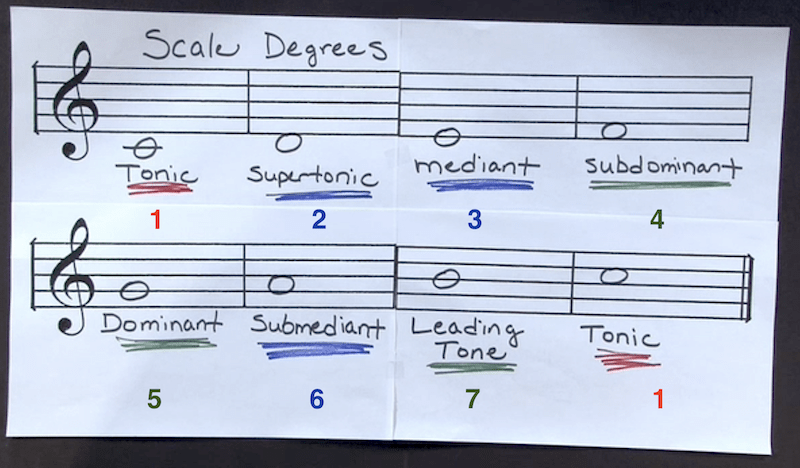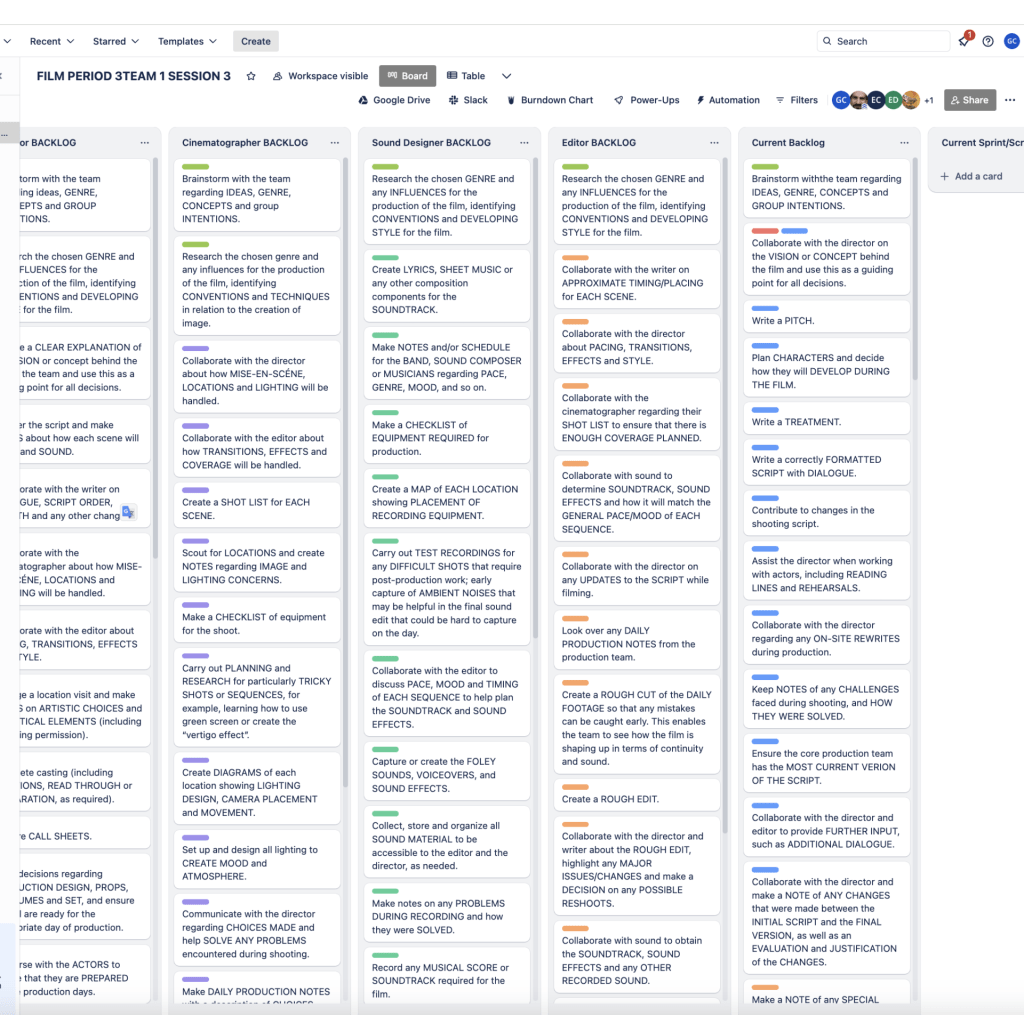- TITLE THIS BLOG POST: Melody Research, Analysis, and Recording Project
- PLACE A CREATIVE COMMONS IMAGE RELATED TO THE PROJECT FROM wordpress.org/openverseAT THE TOP OF THE POST
- FOLLOW THE DIRECTIONS IN THE:
- REVIEW THESE OLDER POST EXAMPLES – THEY ARE A LITTLE DIFFERENT FROM YOURS:
- DELETE ALL OF MR. LE DUC’s INSTRUCTIONS AFTER COMPLETING THEM
Summary
this project is about creating a melody.
My First HookTheory Melody
Notes from Howard Goodall’s Melody Video
| Cue | Notes |
| Write your questions here… | Write your notes here… |
Summary: Summarize what you learned from the video here..
Melody Composition Terms and Definitions

- The terms and definitions below are from the Basic Concepts of Music Theory podcast by Jamie Henke at the University of Wisconsin-Madison
- Her Basic Concepts of Music Theory video on YouTube
- Theme: A long, flowing melodic idea.
- Motive: A short, rhythmic idea (Beethoven’s 5th).
- Period: 8-12 measures or a musical sentence.
- Phrase: Usually 4 measures.
- Antecedent (Question) Phrase: First 4 measures of a period.
- Consequent (Answer) Phrase: Second 4 measures of a period.
- Scale Degrees (C Major Scale)
- Tonic: C (1 , 8) – Stability and resolve.
- Supertonic, Mediant, Submediant: D, E, A (2 , 3 , 6) – Moderate tension, useful for transitions and carrying on an idea.
- Subdominant, Dominant, Leading Tone: F, G, B (4 , 5 , 7) – Causes the most tension, leads to the tonic.
- Steps: Any movement using half or whole steps.
- Leaps: Any movement using intervals larger than a whole step.
- Conjunct motion: Melody is built primarily out of steps.
- Disjunct motion: Melody is built primarily out of leaps.
- Repetition: Repeated material (i.e. motive) used to create a link between two phrases of the period.
- Contrast: Two phrases that contain contrasting material to create tension and interest.
- Variation: Halfway between contrast and repetition. The two phrases include some recognizable material and some varied material (i.e. taking ideas up an octave).
One of My Favorite Melodies
- Find one of your favorite melodies at Hook Theory Tab Index of Songs
- Embed a clean version of this song from YouTube
- In writing, describe why you like this melody, and identify the musical key, tonic note, and tension notes
- What do you notice about the note structure/pattern of the theme of the melody?
- DELETE ALL OF MR. LE DUC’s INSTRUCTIONS AFTER COMPLETING THEM
My Second HookTheory Melody
- Place a screenshot of the melody notes on HookTheory
- Link to a .mp3 file of your second melody from HookTheory
- Write a brief reflection about this melody. What do you like about it?
- Where did you raise tension or suspense in the melody?
- Where did you resolve tension in the melody?
- DELETE ALL OF MR. LE DUC’s INSTRUCTIONS AFTER COMPLETING THEM
What I Learned & Problems I Solved
- Write what you LEARNED from the research, analysis, and melody creation parts of this project
- Explain how you SOLVED AT LEAST ONE PROBLEM
- DELETE ALL OF MR. LE DUC’s INSTRUCTIONS AFTER COMPLETING THEM
Grammar and Spelling
- Write what tool(s) did you use to check your spelling and grammar?
- DELETE ALL OF MR. LE DUC’s INSTRUCTIONS AFTER COMPLETING THEM
Editor
- Who was your editor?
- Write their first name only
- DELETE ALL OF MR. LE DUC’s INSTRUCTIONS AFTER COMPLETING THEM
Resources
- Assessment a Feedback
- General Music Composition Rubric (Google Doc)
- Period Melody Composition Rubric (PDF)
- Hook Theory Tools and Tutorials
- Music Theory
- Mr. Le Duc’s Key of C Major Notes and Chords Chart (PDF)
- How Music Works with Howard Goodall – Melody
- Melody defined at Wikipedia
- iTunesU – Basic Concepts of Music Theory by Jamie Henke at University of Wisconsin-Madison
- Her Basic Concepts of Music Theory video on YouTube
- https://www.youtube.com/embed/rl-V2IsUprQ
- Michael New
- Art of Composing
- Free MIDI files midiworld.com/files/
- MIDI file of Beethoven’s Ode to Joy from his 9th symphony
- Coldplay Talk sample midi file
- MIDI and Music Notation Editors
- onlinesequencer.net – online
- flat.io – online
- noteflight.com – online
- MuseScore downloadable program
- GarageBand
- Melody Research, Analysis, and Recording Project Feedback Form (PDF)

